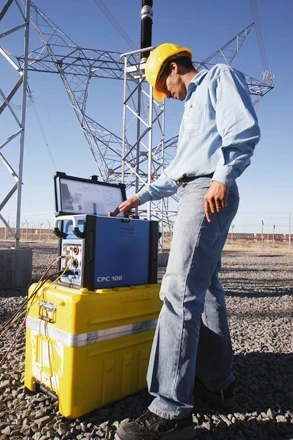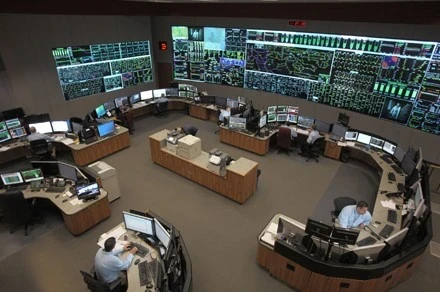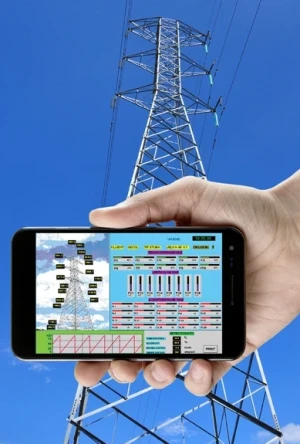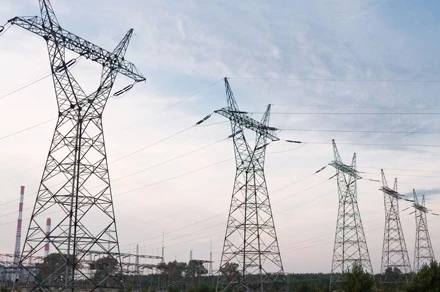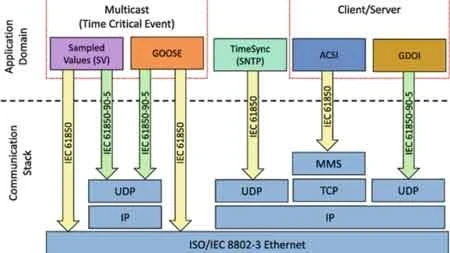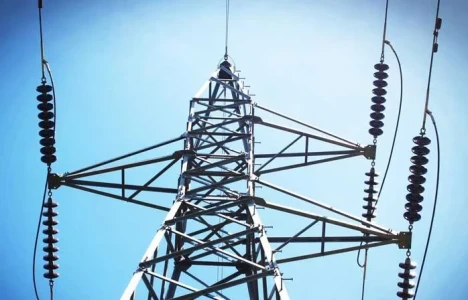The Digital Substation Vision: From Utopian Concept to Grid Backbone

A digital substation is a modernized electrical substation that replaces traditional analog equipment and copper wiring with digital signaling, intelligent electronic devices (IEDs), and fiber-optic communication. It enables real-time data exchange, advanced automation, and greater efficiency in managing grid operations and infrastructure health.
For decades, the idea of the digital substation hovered just beyond reach—a theoretical construct wrapped in futuristic language and layered with uncertainty. It was described as an “intelligent substation,” capable of processing massive data streams, adapting to grid fluctuations, and communicating seamlessly with remote control centers. But for many electric utilities, the digital substation remained more concept than commitment—a distant milestone on the roadmap to grid modernization. Learn how the digital substation integrates IEDs, merging units, and process bus technology for smarter substation operation.
Today, however, that vision is no longer speculative. Advances in communications infrastructure, sensor technology, and automation have made the digital substation a deployable, measurable, and valuable asset in the transformation of the power system.
The Evolution of Utility Thinking
Historically, substations were designed with rugged reliability, not adaptability or intelligence. Mechanical relays, copper wiring, and analog signals defined substation architecture for much of the 20th century. But as the grid has grown more complex—with higher penetrations of renewables, variable load patterns, and distributed energy resources—the need for substations that can do more than switch and transform voltage has become urgent.
This shift has prompted a reevaluation at the executive level. Utility decision-makers are no longer asking if digital substation technologies are needed but how quickly they can be integrated. The focus is now on how to retrofit legacy substations or design greenfield projects that are inherently digital, modular, and future-ready.
From Fiber to Functionality: Communication as the Enabler
One of the most impactful—yet often overlooked—innovations enabling digital substation adoption is digital fiber-optic communication. Utilities have used fibre optics for decades, mainly for supervisory control and data acquisition (SCADA) functions and tele-protection signalling. However, the evolution of standardized communication protocols, particularly under the IEC 61850 framework, has moved fibre optics from the fringes of substation operations to the core.
Modern digital substations now rely on high-speed fibre links for real-time messaging between intelligent electronic devices (IEDS), merging units, and protection relays. What was once a simple data conduit has become a high-performance nervous system for substation intelligence.
The process bus architecture is a prime example. By digitizing signals at the source, it eliminates the need for extensive copper wiring between switchyard equipment and control rooms. This reduces installation and maintenance costs and improves safety, accuracy, and system flexibility.
Digital Signaling: A Quiet Revolution
Digital signalling represents one of the most practical, scalable innovations in the substation environment. Long used for communication between substations and control centers, digital signalling is now penetrating deeper into the switchyard, replacing analog connections between sensors, circuit breakers, and control systems.
This shift brings major benefits. Standardized digital messages reduce the risk of signal loss, distortion, and error. They support faster and more accurate relay coordination, and they provide the necessary infrastructure for time-sensitive functions like synchrophasor measurement, dynamic line rating, and adaptive protection schemes.
Digital signalling also enables the use of condition-based monitoring systems for utilities operating in rugged or remote terrain. These systems continuously evaluate the health of critical components, such as transformers and breakers, and trigger maintenance only when necessary, greatly improving asset utilization.
What’s Next? Building for Scalability and Interoperability
The future of digital substations lies in interoperability and scalability. As more vendors enter the market with digital solutions and utility grids become more decentralized, the demand for plug-and-play architectures will rise. IEC 61850 and related standards offer a foundation, but utilities must still contend with legacy devices, integration challenges, and cybersecurity threats.
The winning strategy will involve pilot deployments, targeted retrofits, and close collaboration between IT and OT teams. Utilities that treat digital substations not as standalone upgrades, but as building blocks of a smarter grid, will be best positioned to leverage their full potential.
The Shift Has Begun
The digital substation is no longer a utopian dream but a necessary evolution. With digital signalling, fibre-optic networks, and intelligent devices working in concert, the modern substation is becoming a dynamic node in a highly responsive power system. The real question is no longer whether this shift will happen, but how rapidly utilities are prepared to lead it.


